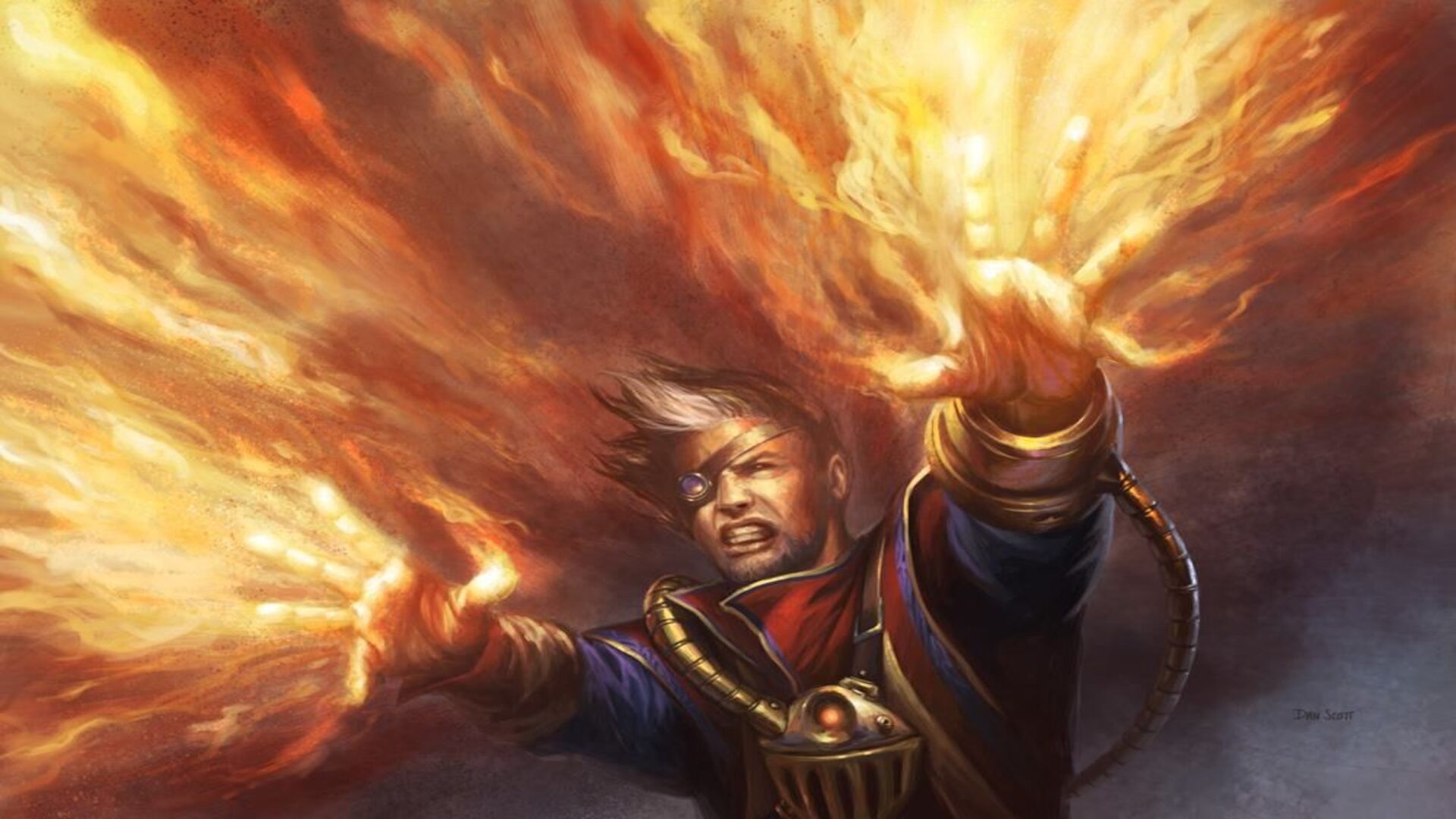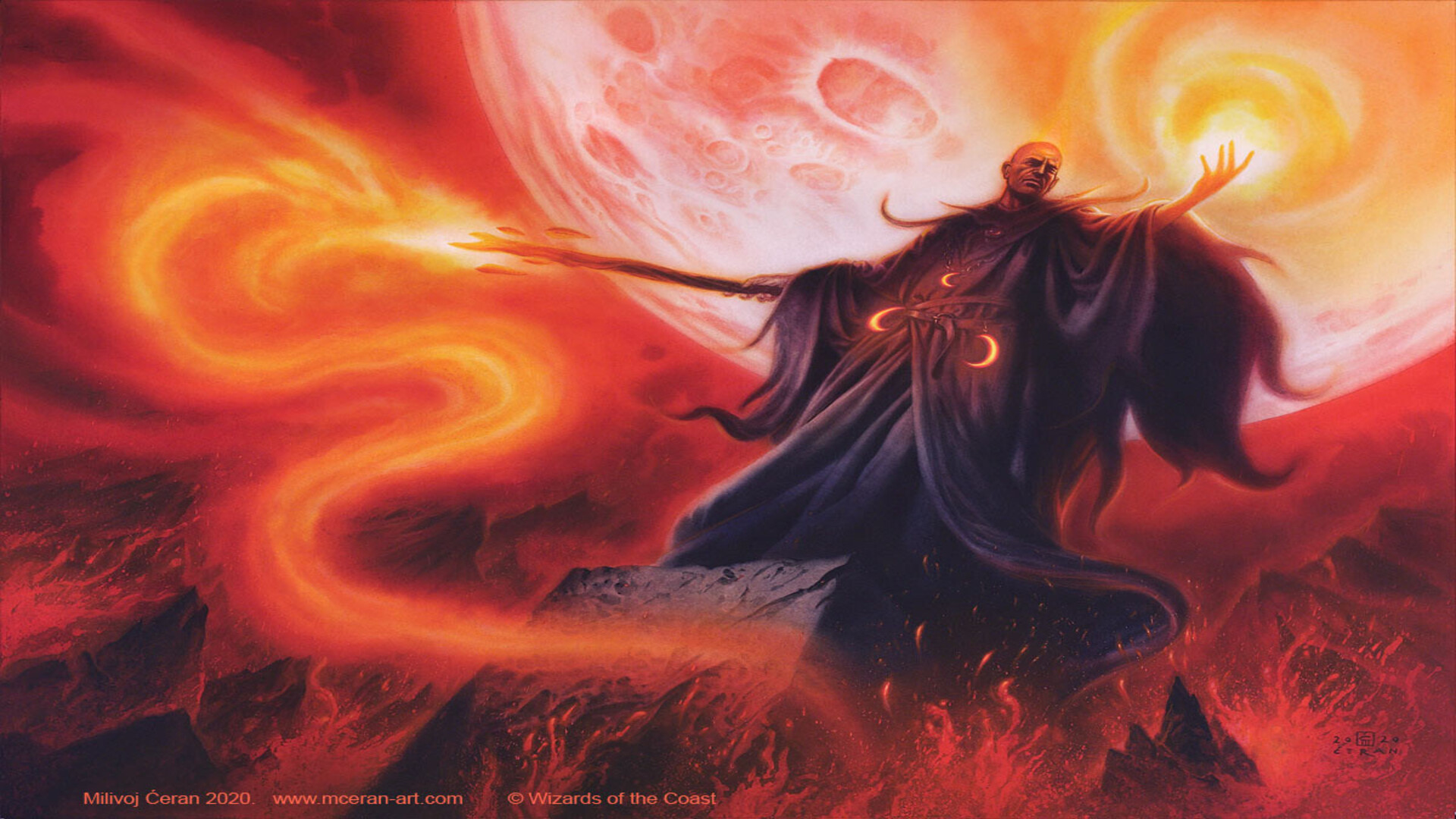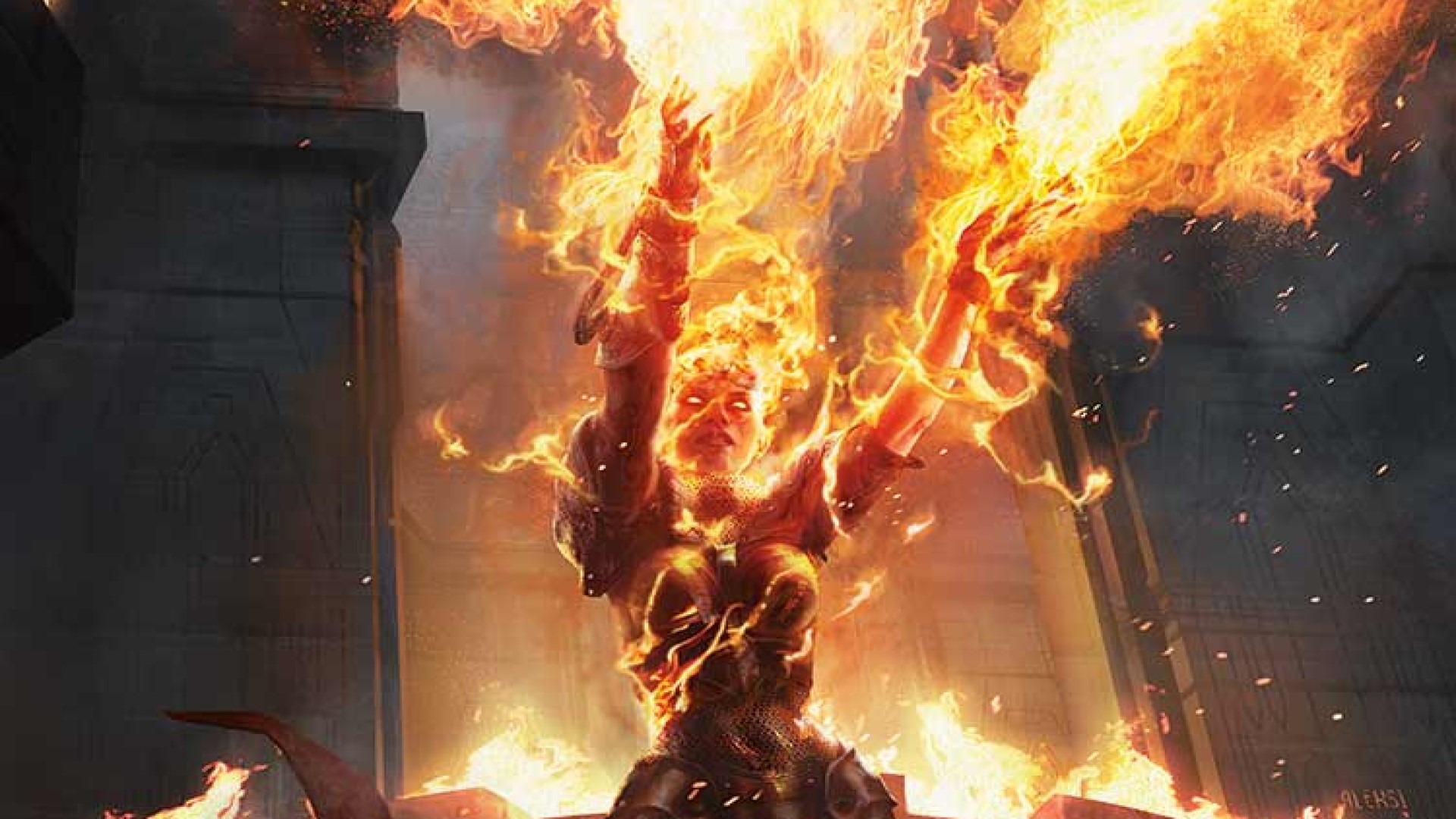If you’re looking to immolate your enemies, look no further than this DnD Scorching Ray 5e spell guide. Though it may seem simple at first glance, there’s a lot more to this classic spell than meets the eye. Whether you’re an Evocation Wizard, a Sorcerer or a Fiend Warlock, chances are you’ll have cause to use this potentially devastating magical attack.
Though some spellcasters prize themselves on their utility, sometimes you just want to blow something up. Scorching Ray takes pride of place in DnD as one of the most iconic damage-dealing spells in the game’s arsenal. Read on to learn more about how DnD Scorching Ray 5e, the spell’s pros and cons as well as some tips and combos to help you get the most out of this classic Evocation spell.
Here’s all you need to know about DnD Scorching Ray 5e:
- Scorching Ray 5e details
- Scorching Ray 5e pros
- Scorching Ray 5e cons
- Scorching Ray 5e tips and combos
Scorching Ray 5e details
Scorching Ray is a second-level Evocation spell available to Wizards, Sorcerers and Warlocks with the Fiend or the Efreeti Genie Pact. Clerics of the Light Domain and Circle of Wildfire Druids can also learn the spell at third level, with an Artillerist Artificer capable of picking it up from level five.
Eldritch Knight Fighters and Arcane Trickster Rogues get some access to Wizard 5e spells as they level up, and a Bard can learn Scorching Ray as early as level six if they join the College of Lore. Although not one of the official DnD classes, the Blood Hunter can learn Warlock spells if they join the right order, so they’re also on the list.
Scorching Ray takes one action to cast, and it requires verbal and somatic components to cast. In practical terms, that means your character has to be able to make a noise and perform an appropriate arcane gesture – classic DnD stuff.
The spell has a range of 120 feet, which is a serious distance. Cast the spell, and you’ll create three rays of fire which you can hurl at targets in range. Hit, and the unfortunate recipient of the blast takes 2d6 fire damage. At higher levels, the spell produces an extra ray for each spell slot level above second. As you’ve probably already guessed, this means that Scorching Ray scales very well at higher levels.
Scorching Ray 5e pros
As a damage spell, Scorching Ray has a lot going for it. For starters, it doesn’t require any fiddly or difficult components, so you can always use it in a pinch. Secondly, 120 feet is a considerably long range – which you can double with the Spell Sniper feat if you’re feeling particularly adventurous.
Another significant benefit that Scorching Ray brings to the table is its scaling. By adding an additional ray for each spell slot higher than second, the spell still has utility for high-level characters, while remaining a versatile option for dishing out damage. In addition, each ray can have a different target, meaning that it’s a great option against large numbers of enemies.
Scorching Ray 5e cons
Unfortunately, no DnD 5e spell is perfect, and Scorching Ray is no exception. Perhaps the most notable downside for this particular spell is that you have to roll to hit with each ray individually. If your target (or targets) have decent AC, you may soon find your pool of damage dice looking remarkably thin.
For this reason, Scorching Ray is often compared to Magic Missile, which, despite its lower damage, cannot be avoided by enemies. Like Scorching Ray, Magic Missile scales as you level. Oddly enough, since both spells work differently in this way, they can be very complementary tools in your magical arsenal. Scorching Ray fans could benefit from picking up Magic Missile, too, and vice versa.
Scorching Ray 5e tips and combos
Now that we’ve gotten the downsides out of the way, let’s look at a couple of tricks to bear in mind when using Scorching Ray. For starters, remember that the spell does fire damage. It may seem obvious, but type-based weaknesses and resistances are common in DnD. Make sure your target isn’t resistant (or, gods forbid, immune) to fire damage, or your nice damage spell will be unlikely to get you the results you want.
In addition, unlike Fireball 5e, Scorching Ray doesn’t explicitly set fire to the immediate environment. This means that it is a much more precise and surgical option in battle, but isn’t necessarily the best choice if you want to cause some collateral damage.
Scorching Ray pairs extremely well with Hex. If you successfully cast Hex on a target, this means that you deal an extra 1d6 necrotic damage to the target whenever you hit them with an attack. If you then follow up with a Scorching Ray, this debuff triggers for each individual ray. This, essentially, increases Scorching Ray’s damage output by a third. However you slice it, that’s a lot of damage.
Now you know everything there is to know about this classic DnD damage spell. May your enemies tremble in fear!





